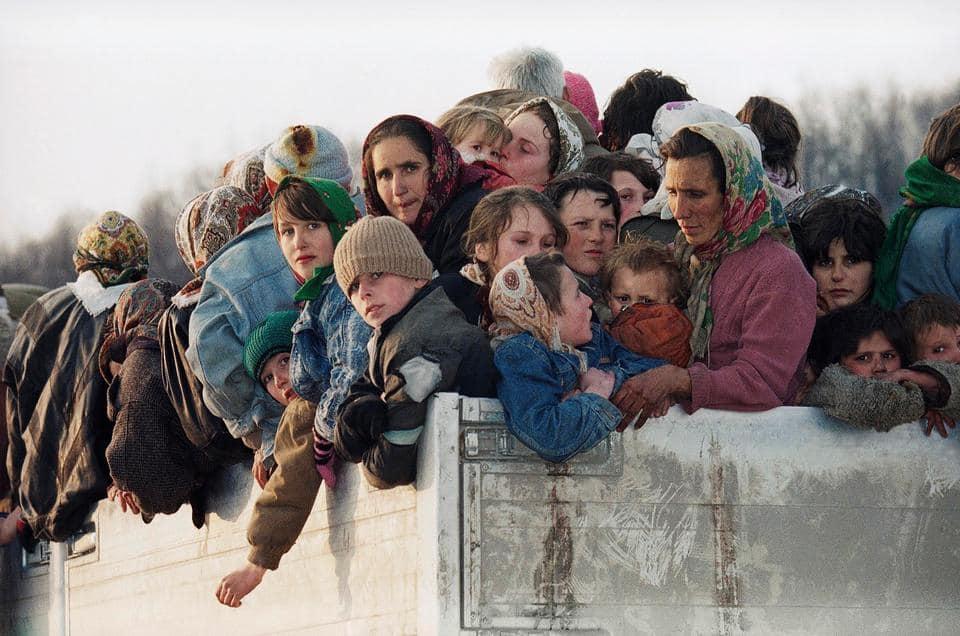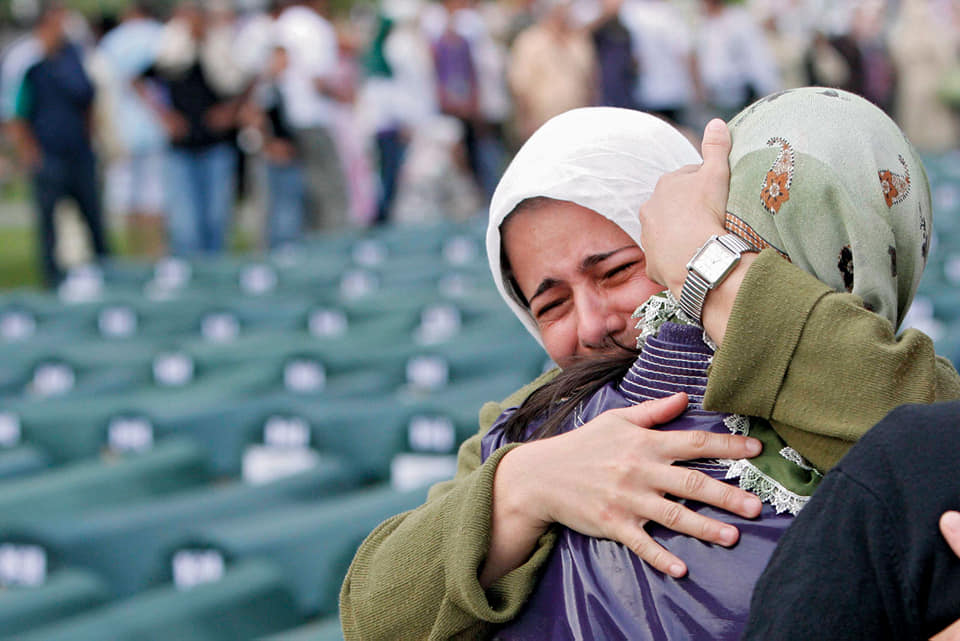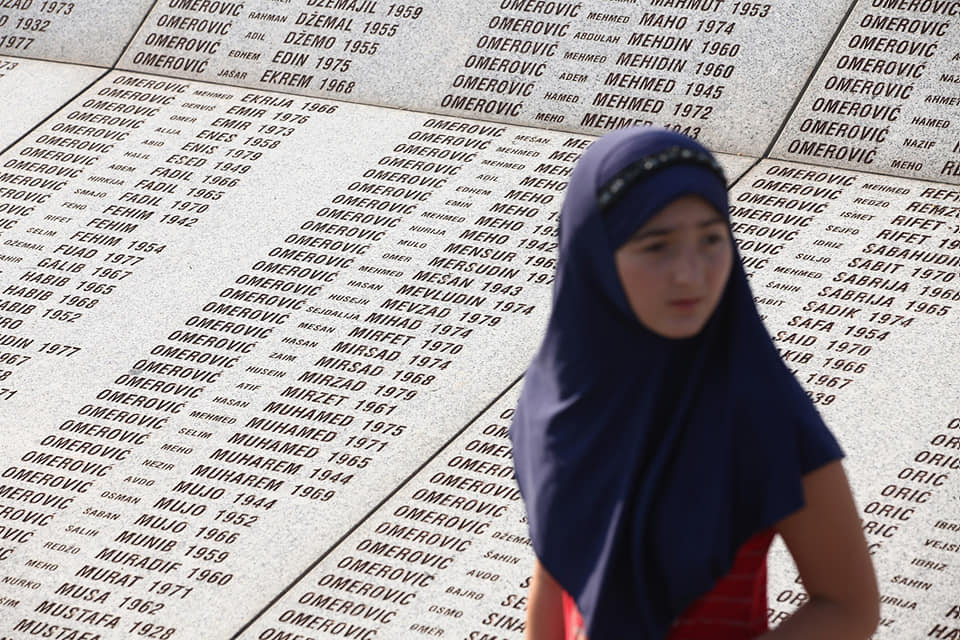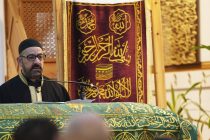“Here we are, on July 11th 1995, in Serbian Srebrenica, on the eve of a great Serb holiday, we present to the Serb nation this town. And finally, the moment has come that, after Uprising against Dahijas (Ottoman janissaries), we take revenge against Turks in these lands.”
These were the words of Rakto Mladic, a Serb military general, 25 years ago today, moments before his forces began the slaughter of 8,000 Muslim civilians in Srebrenica, Bosnia. He had promised Dutch UN peacekeepers who handed over the town that he’d escort all civilians to safety, but it was already clear what he was planning to do the moment his forces started separating women and young children from the men and adolescent boys.
First the women and children were put on vehicles and taken outside the town where they were told to wait, so they waited. The sky grew darker, the weather colder, and still they waited. As the sun began to set, their impatience turned to worry, and their worry turned to fear. They sat in the fields, their eyes fixed on the road, desperate just to see the headlights of a passing car in the distance to give them hope. “Where’s baba?” children would ask their mothers. “He’ll be here in the morning,” they’d reply. But as the night wore on and their children fell asleep, the sound of mothers sobbing started to fill the air.
The men and adolescent boys had been loaded onto separate vehicles and taken to nearby Serb villages. Their convoys stopped in the middle of fields just outside the towns. Armed Serbs instructed them to get out and sit on the grass in rows. They were not allowed to speak. There were no farewells or embraces. They all just sat silently, watching their friends, relatives and neighbours get called up in groups and taken away by Serb soldiers. Minutes later, the same Serb soldiers would return, alone, and call up another group.
When their turn came, they were marched through the woods with their hands tied behind their backs until they were told to stop and lay on the ground, faced-down. With their noses, chins and foreheads pressed against the cold earth, they each thought about their mothers, sisters, and wives. Where are they? Who’s looking after them? Will they be safe?

But it was not the time to worry about what they were leaving behind. It was too late for that. It was time to surrender, not to their enemy, but to their fate. As they heard the clicking of kalashnikov rifles behind them, they all took a deep breath and uttered their declaration of faith: La ilaha illallah, Muhammed ar-rasulullah. There is not god but Allah, and Muhammad is the messenger of Allah.
For eleven days all that could be heard in Srebrenica was the chiming of bells from the Orthodox churches and the constant crackling of gunshots as Serb forces piled up the bodies of 8,000 Muslim civilians one by one in mass graves. Meanwhile, Dutch peacekeepers watched from the sidelines.
When it was all over, thousands of Muslim women began scavenging the area for loose items of clothing left in the killing fields that belonged to their husbands, sons and brothers.
A quarter of a century later, the remains of the victims of this genocide are still being dug up and reburied following proper Islamic funeral prayers, and there are still hundreds of Bosnian Muslims still waiting to find and identify their loved ones.

I was only eight years old when this happened. I was too young to fully understand what was going on, but I remember catching images of the suffering on TV and innately knowing that something very wrong was happening in a place called Bosnia. I remember seeing streams of displaced Bosnian Muslims walking through minefields to escape slaughter in their villages, and specifically thinking about how much the old Bosnian Muslim ladies reminded me of my great grandmother in Cyprus.
I immediately felt a sense of solidarity with them, almost naturally, despite only being a kid. Perhaps being a Turkish Cypriot had something to do with it. I must have recognised the pain in their eyes. It was something very familiar. It was the same pain I’d seen in the eyes of Turkish Cypriots who’d witnessed the massacres in the villages like Muratağa, Sandallar and Atlılar. It’s a pain that to this day unites us, and will continue to do so forever.
After 25 years, I still weep for the Muslims of Srebrenica as I’d weep for my own people.
#NeverForget
#SrebrenicaGenocide
#Srebrenica25YearsOn





